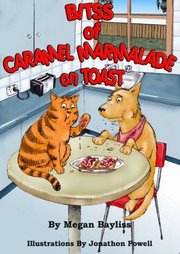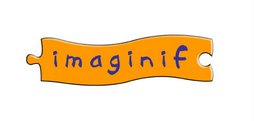
Give your child a hand this Christmas holiday, teach them about support networks.
When adults are stressed they often forget things, like telephone numbers or birth dates and we reach out to our other adult friends/mates to help us remember. When children become stressed they also forget things. Their mind is so busy attempting to work out what is happening there is little memory room left for remembering. Both adults and children need a memory aid to assist remembering things – like a telephone or birthday book. Children can’t carry heavy books all the time so, over this Christmas holiday break, show your children how to use their hand as a memory aid.
Use the symbol of a hand to encourage having five support people that a child can contact at any time. It could be Mum, Dad, Teacher, Grandma, Aunty. The list of possibilities is endless. The idea is to ensure that your child remembers they can talk to these people about anything at all. In situations where you just don’t know enough trusted people, use the names of services like Kids Help Line or Police.
This needs to be continually reinforced so that when your child is feeling stressed about something, particularly if it is sexual abuse, they can look at their hand and remember what to do: to call and tell someone. Tell your child that if the first support person is not available, go to the next, or the next. Encourage children to keep telling until someone does something to help and protect them.
The Support Hand activity: Trace the child’s hand. On each of the fingers have the child write the name and telephone number of their five chosen support people. It’s best to tell the people they’ve been chosen so that if your child rings they will listen and do something. Stick the hand to a wall where the child will continually see it, and practise, practice, practice remembering who to tell if they need to talk about anything.
Another fun activity for reinforcing the BITSS element of Support Networks: Walkie Talkies.
Use the symbol of a hand to encourage having five support people that a child can contact at any time. It could be Mum, Dad, Teacher, Grandma, Aunty. The list of possibilities is endless. The idea is to ensure that your child remembers they can talk to these people about anything at all. In situations where you just don’t know enough trusted people, use the names of services like Kids Help Line or Police.
This needs to be continually reinforced so that when your child is feeling stressed about something, particularly if it is sexual abuse, they can look at their hand and remember what to do: to call and tell someone. Tell your child that if the first support person is not available, go to the next, or the next. Encourage children to keep telling until someone does something to help and protect them.
The Support Hand activity: Trace the child’s hand. On each of the fingers have the child write the name and telephone number of their five chosen support people. It’s best to tell the people they’ve been chosen so that if your child rings they will listen and do something. Stick the hand to a wall where the child will continually see it, and practise, practice, practice remembering who to tell if they need to talk about anything.
Another fun activity for reinforcing the BITSS element of Support Networks: Walkie Talkies.
Related article on BITSS of Support Networks: Click here. This article includes some other activities that you can use to reinforce the idea of having a support network to talk to.











